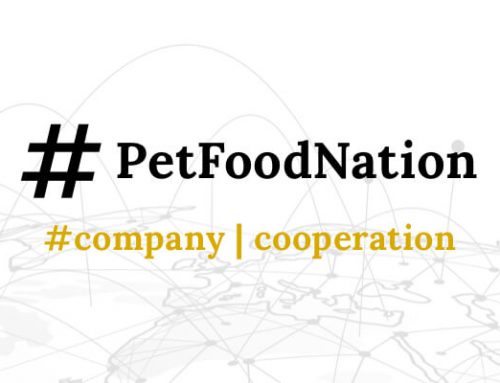On January 1st, 2022, a new EU-Regulationon the production and labelling of organic products entered into force (Regulation (EU) 2018/848 REGULATION (EU) 2018/848 on organic production and labelling of organic products and repealing Council Regulation (EC) No 834/2007) . It does not only apply to food, but also to pet food and feed as well as to live or unprocessed agricultural products and certain products closely linked to the aforementioned.
The Regulation establishes principles of organic production and lays down the rules concerning organic production, related certification and the use of indications referring to organic production in labelling and advertising for the EU. It repeals the previous Council Regulation (EC) No 834/2007 on the topic.
The Regulation has strict rules on which products can be labelled as organic and on how such labeling has to be designed.
One requirement is that if the organic production logo of the European Union

is used, an indication of origin of where the agricultural raw materials used for the product were farmed, must be used in the same visual field.
Previously the following indications were considered in this regard:
- “EU Agriculture“ if all agricultural raw materials of the product were farmed in EU member states.
- “non-EU Agriculture“ if the raw materials of the product were entirely farmed in third countries
- “EU/non-EU Agriculture” if the raw materials of the product were partly farmed in member states as well as partly in third countries.
With the new Regulation new options in labelling the place of origin of organic products were opened. According to Art. 32 (2) the Regulation, the indication “EU” or “non-EU” can now be replaced or supplemented by
- the name of a country, or
- the name of a country and a region.
This is allowed if all of the agricultural raw materials of which the product is composed of have been farmed in that country or in that region. Small amounts (measured by weight) of raw materials from a different origin are permitted. However, the amounts of ingredients of different origin must not exceed 5 percent by weight of the total quantity of agricultural raw materials.
Therefore, local indications such as “German Agriculture” or “German Bavarian Agriculture” have recently become conceivable.

About the author:
Eva Vonau is a lawyer specializing in e-commerce, digital business and IP law. She advises i.a. on the legal requirements of online stores as well as advertising and product labeling in the pet food industry.
VC Legal is a German law firm specializing in media, advertising, digital business and data.
If you have further questions feel free to contact our contributor Dr. Eva Vonau of the German law firm VC Legal (vc-legal.eu) at eva.vonau@vc-legal.eu



